Contact electronic keys represent one of the most traditional solutions in the field of security and access control. These devices require direct physical contact with the reader to function, ensuring high reliability and minimizing the risk of interference. Often used in industrial and commercial environments, contact keys offer robust protection against unauthorized duplication attempts and are ideal for applications where security is an absolute priority. Their ease of use and long lifespan make them a popular choice for many businesses.
Contactless RFID electronic keys at 125 KHz are widely used for their ease of use and the ability to be read at a moderate distance without the need for physical contact. These devices are particularly suitable for access control in offices, residential buildings, and public facilities. The 125 KHz RFID technology is recognized for its reliability and robustness, offering excellent resistance to electromagnetic interference. Due to their convenience and security, these keys are ideal for those looking for a practical and secure solution for access management.
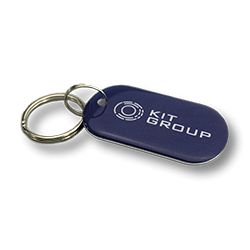
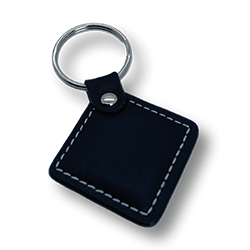
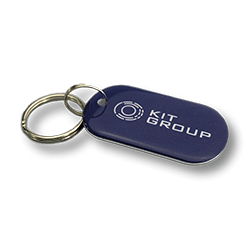
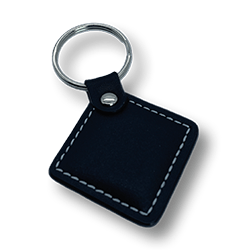
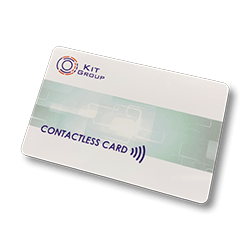
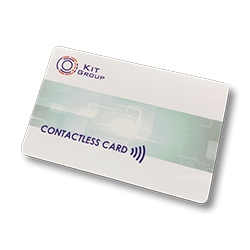
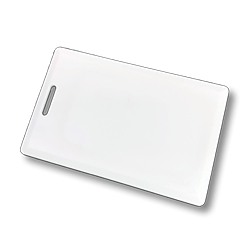
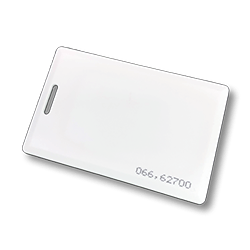
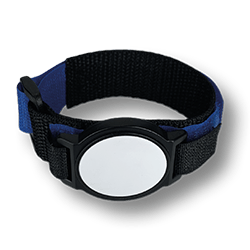

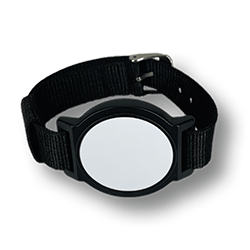
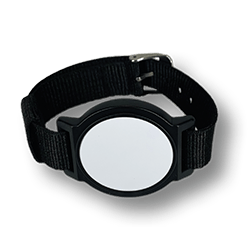
Contactless 13.56 MHz electronic keys represent an evolution in RFID technology, offering greater data storage capacity and transmission speed. This frequency is commonly used in applications requiring higher security, such as contactless payment systems, ID cards, and corporate access badges. The 13.56 MHz keys can support various advanced functions, such as encryption and authentication, making them ideal for contexts where data security is crucial. Their ability to communicate quickly and efficiently makes them an excellent choice for modern and technologically advanced applications.
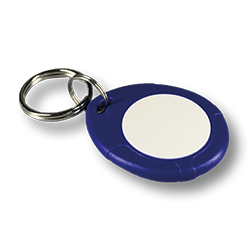
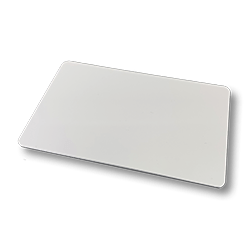
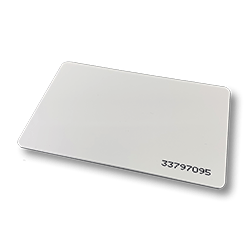
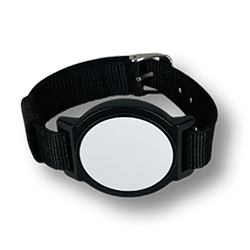

Dual frequency RFID electronic keys combine the advantages of 125 KHz and 13.56 MHz RFID technologies, offering a versatile solution for various access control needs. These devices are designed to be compatible with a wide range of readers and systems, facilitating integration into existing infrastructures. The ability to operate on two frequencies allows RFID keys to adapt to different usage scenarios, ensuring greater flexibility and security. Dual frequency keys are ideal for complex environments where it is necessary to manage various levels of access and protection.
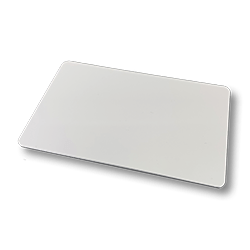

UHF (Ultra High Frequency) electronic keys operate in the frequency range between 860 and 960 MHz, offering a significantly longer reading range compared to traditional RFID technologies. These devices are ideal for applications requiring long-distance reading, such as logistics management, asset tracking, and access control in large industrial facilities. UHF technology enables rapid and precise object identification, improving operational efficiency and reducing management times. UHF electronic keys are an advanced choice for those seeking high-performance security solutions in complex and dynamic contexts.
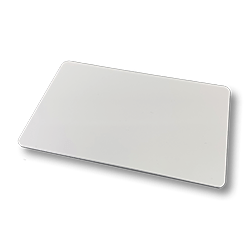
Electronic keys for elevators represent an advanced and secure solution for vertical access control within residential, commercial, and public buildings. These devices allow for selective access management to different floors of a building, ensuring that only authorized individuals can reach certain levels. The keys can be integrated with various access control systems, such as RFID, NFC, and Bluetooth, offering a wide range of options to customize the level of security and convenience.
One of the primary technologies used in electronic keys for elevators is RFID. RFID keys can be programmed to allow access only to specific floors, enhancing security and reducing the risk of unauthorized access. These keys operate through a reader installed inside the elevator cabin or near external call panels. When an RFID key is brought close to the reader, the system verifies the permissions associated with that key and grants access to the authorized floors.
Magnetic keys represent another effective solution for controlling access to elevators. These devices function through a magnetic strip that contains encoded information read by a special reader installed inside the elevator. Magnetic keys are simple to use and can be easily integrated into existing access control systems. The ability to program and reprogram magnetic keys offers additional flexibility, making them suitable for environments where access requirements can frequently change. However, these keys can be subject to physical wear and demagnetization, requiring regular maintenance.
Electronic keys are particularly useful in hotels, where managing access to rooms efficiently and securely is essential. These devices allow for personalized keys to be assigned to guests at check-in, with access limited to the duration of their stay. Additionally, electronic keys for hotels can be used to control access to common areas such as gyms, pools, and conference rooms. RFID technology is commonly used in these contexts for its reliability and ease of use. These solutions can also be integrated with hotel management systems to monitor room usage and optimize the services offered to guests.
Anti-theft electronic keys offer an additional level of security for protecting elevators against unauthorized access and tampering attempts. These devices can be equipped with advanced features such as data encryption and multi-factor authentication to ensure that only authorized persons can access the elevator. Anti-theft keys can be integrated with alarm systems that signal unauthorized access attempts, providing an immediate response to potential threats. Additionally, these solutions can be part of a broader security system that includes surveillance cameras and access control throughout the building.
Electronic keys for elevators offer numerous advantages over traditional mechanical lock systems. Firstly, they eliminate the need for physical keys, which can be easily lost, stolen, or duplicated. Additionally, electronic keys can be quickly reprogrammed or deactivated in case of loss, further enhancing security. Thanks to contactless technology, users do not even need to remove the key from their keychain or pocket, making elevator use more convenient and hygienic, a particularly relevant aspect in times of increased attention to cleanliness and infection prevention.
Beyond security, electronic keys for elevators also improve the operational management of the building. Advanced systems allow for monitoring and recording access, providing valuable data on who uses the elevator and when. This can be useful not only for security reasons but also to optimize traffic management within the building. In large commercial or residential complexes, for instance, it is possible to analyze the flow of people to improve the efficiency of elevator service and reduce waiting times.
Another interesting application of electronic keys for elevators is integration with smart building systems. The keys can be part of a broader system that includes access control, energy management, and facility automation. In this context, electronic keys can interact with other smart devices, such as thermostats, lights, and security systems, creating a more efficient and secure environment.
Finally, the keys can be customized to meet specific needs. For example, in a corporate environment, it is possible to configure the keys to allow access only during certain working hours or for specific employees. In residential contexts, special permissions can be assigned for service personnel or occasional visitors, always ensuring a high level of control and security.
In conclusion, the solutions mentioned above represent a significant technological evolution in the field of access control, offering advanced, secure, and flexible solutions to enhance the management and security of modern buildings. Thanks to their versatility and numerous functionalities, these keys have become an essential component in the design of intelligent and secure buildings.